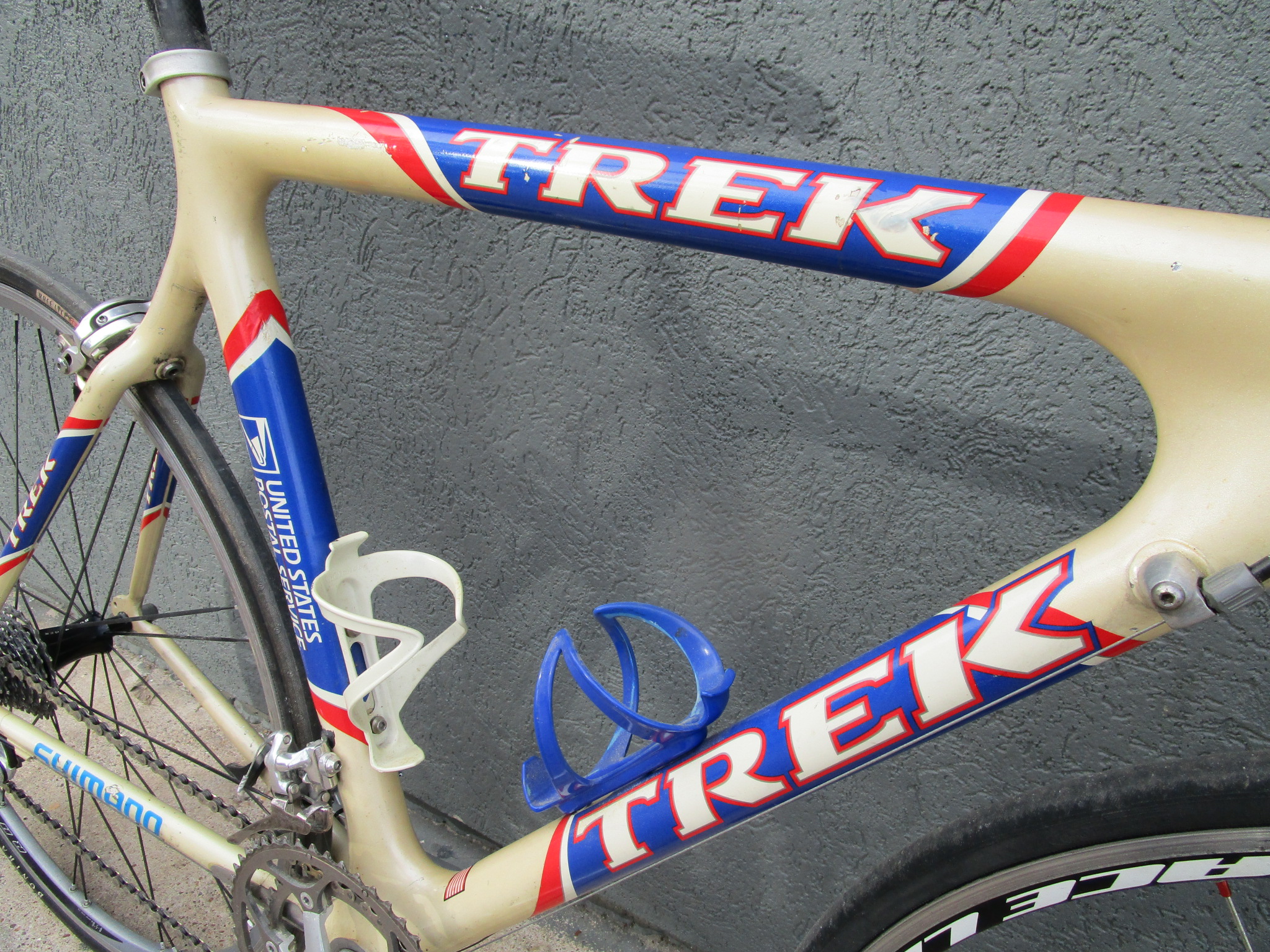

Integrated into the down tube of carbon fiber Checkpoint models is the same cleverly integrated storage compartment as is already found in the Domane SLR and multiple Trek mountain bikes. Interestingly, claimed maximum tire size remains unchanged at 700×45 mm (40 mm-wide tires come stock across the board), although 650b setups finally get the official Trek seal of approval, at least for tires up to 2.1″-wide. Overall, the intent is to add some stability to the Checkpoint while still retaining some of its trademark agility - and it’s also somewhat telling that the axle-to-crown length of the revised fork intentionally doesn’t account for switching to a suspension fork. Whereas the old Checkpoint was quite road-like with trail measurements ranging from 59-66 mm, depending on size, the new ones sit at 65-74 mm.ĭown below, bottom bracket drop remains unchanged at 74-78 mm, depending on size. Trail dimensions have grown as a result for more steering stability, but the trail figures still aren’t too crazy. Head tube angles have slackened only very slightly, but that’s coupled with a drop in fork rake from 49 mm to 45 mm. Stem length and handlebar reach each decrease by 1 cm to maintain the same riding position as before, and overall stack dimensions have changed by no more than 6 mm. The new geometry imparts enhanced off-road capabilities to the new Checkpoint. Reach and front center dimensions on the second-generation Checkpoint have grown by about 2 cm across the board, and a 10 mm bump in chainstay length has added further to the total wheelbase (the old Stranglehold adjustable rear dropouts are gone). Gravel bikes have grown steadily longer up front, and Trek has definitely hopped on that bandwagon here - albeit in its own way. But as popular as that bike family has been, gravel bikes have continued to veer further into proper off-road terrain since then, and the new second-generation Checkpoint has evolved to keep up with those trends.īy far, the biggest change is in the new Checkpoint’s frame geometry. Trek’s original Checkpoint was a runaway sales success, offering very good capability on mixed terrain while retaining the nimbleness and agility of road and cyclocross bikes that many nascent gravel riders enjoyed. Going a little deeper down the gravel rabbit hole with a longer front end Lows:Handling is more stable but also more sedate, strange bar bend on some models.Highs:More forgiving handling, size-specific IsoSpeed tuning on the SLR models, reasonably headache-free cable routing, traditional frame shaping.Weight:950-1,450 g (claimed, frame only) 8.65 kg (19.07 lb), as tested, 52 cm size, without pedals or accessories.Frame features:Carbon fiber or aluminum construction, longer and more progressive frame geometry, integrated down tube storage and IsoSpeed rear pseudo-suspension on carbon models, cleanly hidden internal/external hybrid routing, lots of mounts, T47 threaded bottom brackets.What it is:Trek’s second-generation gravel bike family.


 0 kommentar(er)
0 kommentar(er)
